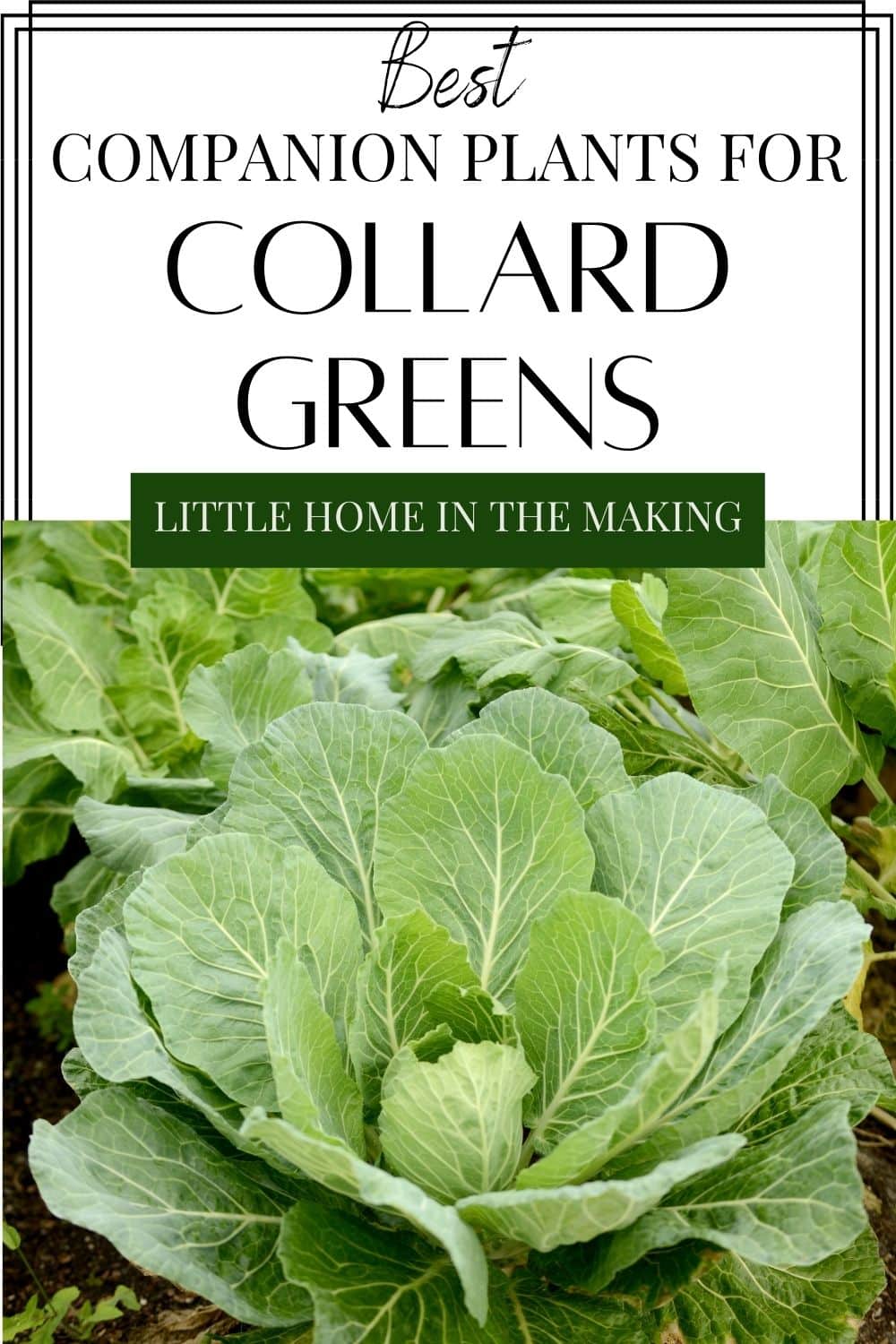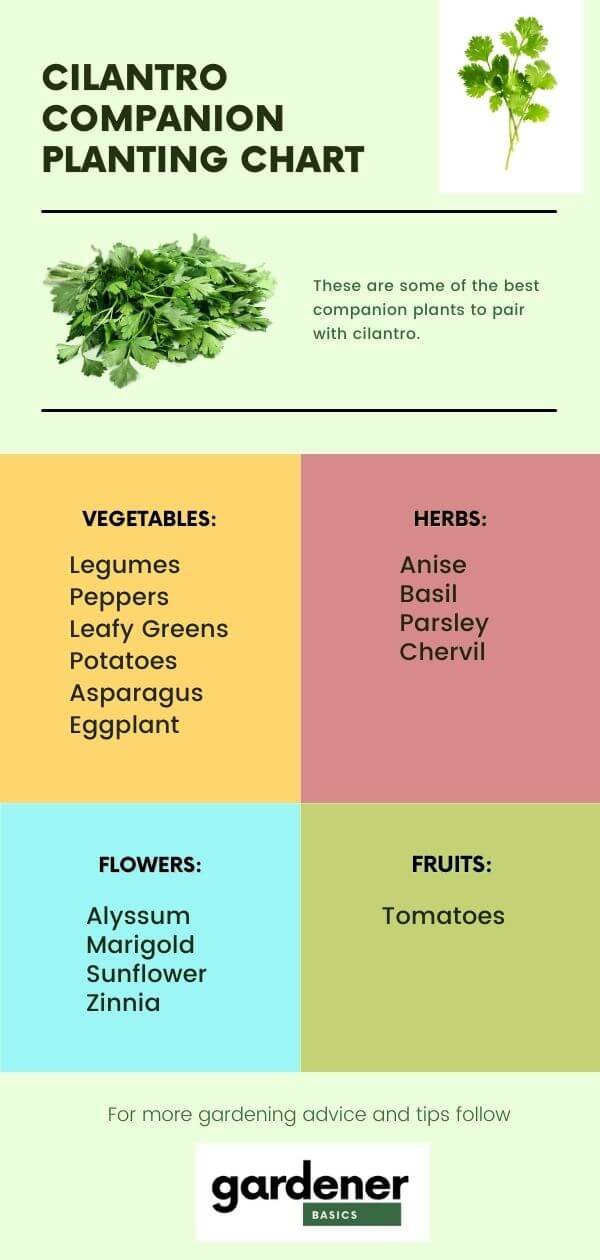Grow A Bountiful Harvest Of Kale And Collards With The Right Companion Plants
Grow a Bountiful Harvest of Kale and Collards with the Right Companion Plants
Kale and collards are two of the most popular leafy greens, and for good reason. They're packed with nutrients, they're versatile in the kitchen, and they're relatively easy to grow. But did you know that you can boost your harvest even further by planting them with the right companion plants?
Companion planting is a gardening practice that involves planting certain plants together to benefit each other. Some plants attract beneficial insects, while others help to deter pests. Some plants improve the flavor of other plants, while others help to improve the soil.
So, what are the best companion plants for kale and collards? Here are a few of the top choices:
- Alliums: Alliums, such as garlic, onions, and chives, help to deter pests that can damage kale and collards, such as aphids, cabbage loopers, and flea beetles.
- Beans: Beans are nitrogen-fixing plants, which means that they can help to improve the nitrogen content of the soil. This is beneficial for kale and collards, which are heavy feeders.
- Carrots: Carrots release a substance that helps to repel the root-knot nematode, a common pest of kale and collards.
- Cilantro: Cilantro attracts beneficial insects, such as hoverflies, which prey on pests that can damage kale and collards.
- Dill: Dill attracts beneficial insects, such as ladybugs, which prey on pests that can damage kale and collards. It also helps to improve the flavor of kale and collards.
- Marigolds: Marigolds help to deter pests, such as aphids and whiteflies. They also help to repel nematodes.
- Potatoes: Potatoes help to suppress weeds, which can compete with kale and collards for water and nutrients.
- Sweet alyssum: Sweet alyssum attracts beneficial insects, such as hoverflies, which prey on pests that can damage kale and collards. It also helps to improve the flavor of kale and collards.
These are just a few of the many companion plants that can be beneficial for kale and collards. When choosing companion plants, it's important to consider the specific needs of your plants and the conditions in your garden.
Here are some additional tips for growing kale and collards with companion plants:
- Plant companion plants that have similar growing requirements. For example, alliums and beans are both heavy feeders, so they would be a good match for kale and collards.
- Plant companion plants that will help to deter pests. For example, marigolds and sweet alyssum will help to repel aphids and whiteflies.
- Plant companion plants that will improve the flavor of your kale and collards. For example, dill and cilantro will both add a delicious flavor to your greens.
- Plant companion plants that will help to suppress weeds. For example, potatoes and onions will help to keep weeds at bay.
By following these tips, you can grow a bountiful harvest of kale and collards with the help of companion plants.
Kale and collards are two delicious and nutritious leafy greens that are a staple in many gardens. But did you know that the plants you grow near them can have a big impact on their health and productivity?
That's where companion planting comes in. Companion planting is the practice of planting certain plants together to benefit each other. For example, some companion plants for kale and collards include:
- Alliums: Alliums, such as garlic, onions, and chives, help to repel pests that can damage kale and collards.
- Beans: Beans fix nitrogen in the soil, which can help to improve the health of kale and collards.
- Cilantro: Cilantro attracts beneficial insects that help to control pests.
- Dill: Dill attracts beneficial insects and also helps to improve the flavor of kale and collards.
If you're interested in learning more about companion planting for kale and collards, I recommend visiting the Gardenia Inspiration. This website has a wealth of information on the topic, including a list of specific companion plants, tips on how to plant them, and information on the benefits of companion planting.
FAQ of companion plants for kale and collards
Q: What are the best companion plants for kale and collards?
A: There are many great companion plants for kale and collards, but some of the best include:
- Alliums: Alliums, such as garlic, onions, leeks, and chives, help to deter pests that can damage kale and collards, such as aphids, cabbage loopers, and flea beetles.
- Herbs: Herbs such as cilantro, dill, and catnip attract beneficial insects that prey on pests, as well as pollinators that help to increase the yield of kale and collards.
- Flowers: Flowers such as marigolds and sweet alyssum also attract beneficial insects, and they can help to improve the appearance of your garden.
- Other vegetables: Some other vegetables that can be good companion plants for kale and collards include tomatoes, cucumbers, and beans.
Q: Can kale and collard greens be planted together?
A: No, kale and collard greens should not be planted together. They have similar nutrient requirements and can compete for resources, which can lead to poor growth. It is best to plant them in separate areas of your garden.
Q: What are some of the benefits of companion planting?
A: There are many benefits to companion planting, including:
- Disease and pest control: Companion plants can help to deter pests and diseases, which can save you time and money on pest control.
- Increased yields: Companion plants can help to increase the yield of your crops by attracting pollinators and beneficial insects.
- Improved soil quality: Companion plants can help to improve the soil quality by fixing nitrogen and breaking down organic matter.
- Enhanced appearance: Companion plants can help to enhance the appearance of your garden by adding color, texture, and fragrance.
Q: How do I choose the right companion plants for kale and collards?
A: When choosing companion plants for kale and collards, there are a few things to keep in mind:
- The needs of the plants: Consider the nutrient requirements, light requirements, and water requirements of the plants you are growing.
- The pests and diseases that affect the plants: Choose companion plants that will help to deter pests and diseases that affect kale and collards.
- The appearance of the garden: Consider the colors, textures, and fragrances of the companion plants you are choosing.
Q: Where can I find more information about companion planting?
A: There are many resources available to learn more about companion planting. Here are a few suggestions:
- Books: There are many books available on companion planting, such as "Carrots Love Tomatoes" by Louise Riotte and "The Vegetable Gardener's Bible" by Edward C. Smith.
- Websites: There are many websites that offer information on companion planting, such as Gardening Know How: https://www.gardeningknowhow.com/edible/vegetables/kale/kale-companion-plants.htm and Epic Gardening: https://www.epicgardening.com/kale-companion-plants/.
- Gardening clubs: There are many gardening clubs that can offer advice on companion planting. Check with your local nursery or garden center to see if there are any clubs in your area.
Image of companion plants for kale and collards
5 different images of companion plants for kale and collards from Pinterest:
- Dill: Dill is a great companion plant for kale and collards because it attracts pollinators that increase growth. Dill also attracts beneficial insects that prey on kale pests.

- Cilantro: Cilantro is another great companion plant for kale and collards because it attracts beneficial insects like hoverflies. Hoverflies prey on pests like aphids, which will eat your kale if left unchecked.
- Marigolds: Marigolds are a popular companion plant for many vegetables, and they are also a good choice for kale and collards. Marigolds help to repel pests like aphids, whiteflies, and nematodes.
- Onions: Onions are a good companion plant for kale and collards because they help to repel pests like thrips and root maggots. Onions also help to improve the flavor of kale and collards.
- Sweet Alyssum: Sweet alyssum is a low-growing flower that attracts beneficial insects like hoverflies and ladybugs. These insects help to control pests that can damage kale and collards.


Post a Comment for "Grow A Bountiful Harvest Of Kale And Collards With The Right Companion Plants"